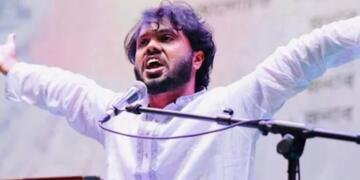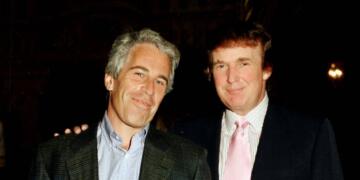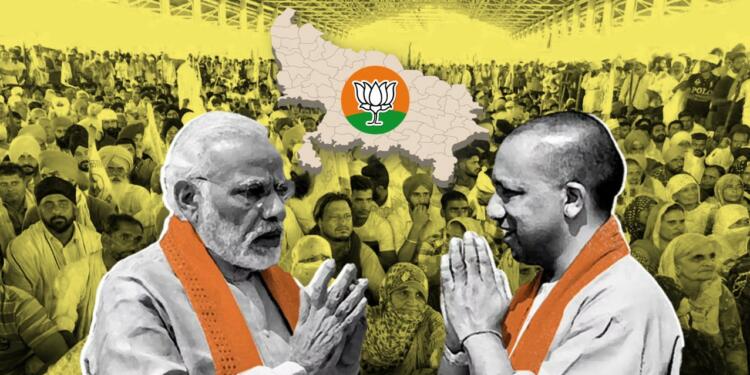Yogi Adityanath has stormed back to power for a second consecutive time, scripting history. The BJP under his name won 255 seats on Thursday and managed to send the opposition and the political pundits scratching their heads, who had formed imaginary political dynamics in their heads.
In the lead-up to the assembly polls, a myth regarding Muslim-Jat unity was perpetuated. It was said that Jats had forgotten the horrors of Muzaffarnagar riots and allied with Muslims in the backdrop of 14 month-long fake farmers’ protests to throw the BJP out of power.
Jats voted en masses for BJP
However, as it turns out, the Jat voted en masse for the saffron party. In Jat and Dalit dominated west UP districts, the strike rate of BJP was near 100 per cent and similar has been the result of urban areas of Noida and Ghaziabad. In the Noida city seat, BJP candidate Pankaj Singh, son of Defence minister Rajnath Singh, created history by winning with a margin of over one lakh votes.
Districts of Shamli, Muzaffarnagar, Baghpat, Meerut, Ghaziabad, Hapur, Gautam Buddha Nagar, Bulandshahr, Aligarh, Mathura and Agra with sizeable Jat population went into polls in the first two phases of the elections. Akhilesh, at one time, claimed that his party was hitting a century in the two phases combined. However, of the total 136 seats that went to the polls in the first two phases, the BJP won 93.
The SP-RLD candidates won on few seats here and there in the aforementioned constituencies, but it wasn’t enough to suggest that Jats had mutually combined with Muslims to rout BJP. It simply could have been anti-incumbency playing its part.
Long before the results, the weak ticket distribution by SP-RLD had exposed cracks in the supposed Jat-Muslim unity. The RLD had reportedly fielded Mohd. Ahmed Hameed, on behalf of the coalition from the Baghpat assembly seat.
However, there was anger brewing in the Jat community over the announcement of Mohammed Ahmed Hameed as the RLD candidate. According to the media reports, RLD supporters wanted a Jat candidate from the assembly constituency. In the end, it was BJPs Yogesh Dhama that prevailed by over 7,000 votes with a 47.37 vote share — suggesting the Jats simply chose one of their kin over Muslim candidates.
How did this gimmick political dynamic come into being?
As reported by TFI, ever since the ‘Kisan Mahapanchayat’ was organised in UP’s Muzaffarnagar district last year, the political dimwits masquerading as experts had conjured up a new electoral dynamic called the Jat-Muslim vote bank which has allegedly coalesced together in the backdrop of fake farmer’s protest.
One of the left publications trying excessively hard to bring the imaginary alliance to fruition, wrote in one of its farcical op-eds, “The farmer movement has given the Jaats and Muslims a common cause against the BJP, and they are firmly leaving behind the bitterness of the Muzaffarnagar riots of 2013.”
Read More: Jat-Muslim Unity in Western UP? A sad new myth manufactured by leftist media against Yogi
Jats have been behind BJP and Yogi all this time
However, quashing their bogus reports, the Jats of the state strongly backed up BJP to come to power again. Only if the Noida journalists sitting in their posh offices had managed to take a peep at the historical voting patterns of Jats, they could have figured out the outcome.
In the 2014 Lok Sabha elections, 71 per cent of Jats had voted for the BJP, which increased to 91 per cent in 2019. Similarly, in the assembly elections in 2012, the saffron party won only 38 out of 110 seats in western UP.
However, when the Yogi Tsunami swept the state in 2017, the tally increased to 88. Overall, BJP received a gigantic mandate by securing a 41.4 per cent vote share, which translated to the party winning 325 seats in a 403-member state assembly. The rise of the BJP strengthened by the Jat vote bank suggests the Jat Muslim alliance is just a hoax.
Jats haven’t forgotten the 2013 riots
Moreover, the Jats haven’t forgotten the 2013 Muzaffarnagar riots, even though the liberal media casually sweeps it under the carpet. The Jats against whom false cases were filed in the riots were withdrawn immediately by the Yogi government, once it came to power.
Since then, the Jats have had a positive reaffirmation towards Yogi due to his kind gesture. While Yogi helped the Jats, Samajwadi Party chief Akhilesh Yadav, drenched in his minority appeasement politics objected to the decision of the Yogi government, further suggesting where his true allegiances lie.
Yogi is bringing prosperity to the Jaatland in western Uttar Pradesh — from Jewar Airport to the announcement of the construction of Noida Film City, to providing state of the art facilities and on-time payment to sugarcane farmers, the Jats have heavily benefitted from Yogi’s rise in the state.
The idea behind Jat-Muslim unity was simple. Peddle a myth incessantly and hope that something sticks in the end. However, Yogi, unlike his communal predecessors relied on his developmental work more than anything to garner the votes. The Jats saw the development and rightfully hitched their wagon to Yogi’s double-engine growth.


































